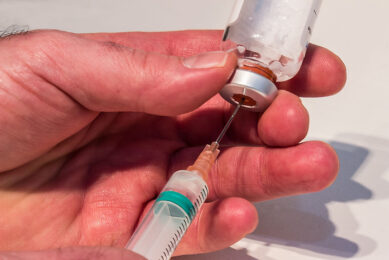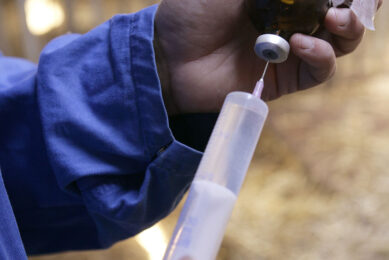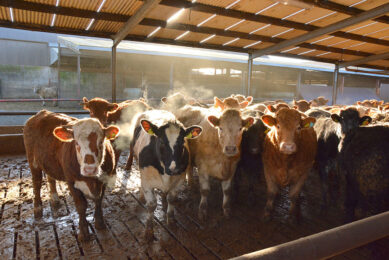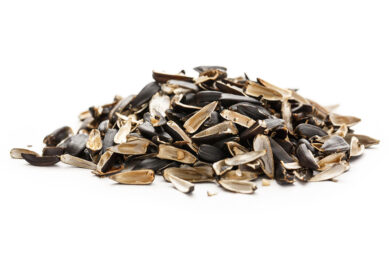A strategic ‘inside out’ approach to mycotoxin threats
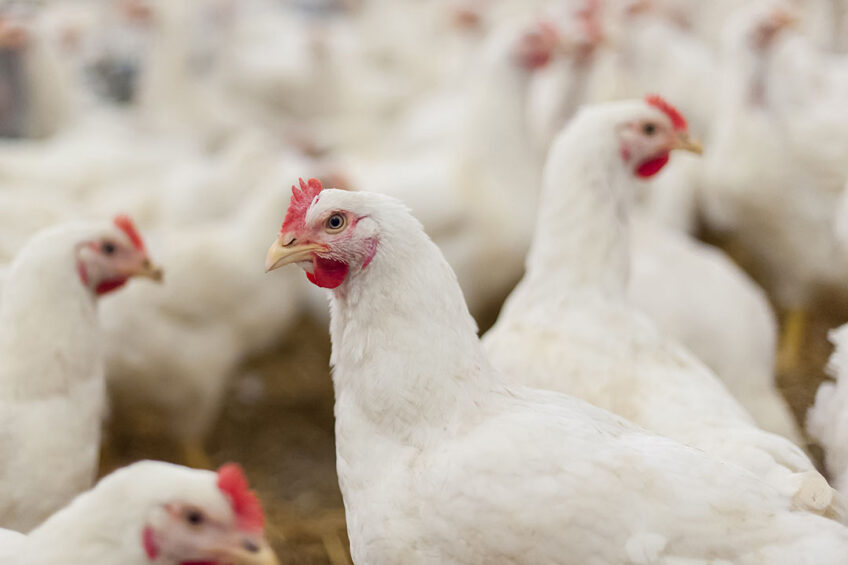
It’s no secret that mycotoxins pose a significant, persistent risk to successful animal and food production around the world. But the threat is even more pronounced for those involved in poultry production.
Birds are particularly susceptible to the detrimental effects of mycotoxins in their diet. Both a flock’s performance and the overall profitability of your entire operation remain under constant threat from mycotoxins in feedstuffs.
How persistent is the risk? Multiple global surveys indicate that 85% of cereal grains sampled were contaminated with at least one mycotoxin.
To fully understand the significance of this challenge, it’s also important to understand what’s happening at the cellular level within the bird. Ingested mycotoxins can damage the gut epithelial cell surface, compromising that bird’s ability to block mycotoxins from entering its tissues and migrating to different organs. Once that happens it becomes a serious, costly threat to performance and profitability.
The challenge of finding clean, consistent feedstuffs
Ideally, anyone involved in formulating poultry rations and feeding birds would have full confidence that feedstuffs are free of all mycotoxins or other contaminants that could prove limiting or dangerous to animals. However, this is rarely the case regardless of the source. More often than not, it’s simply impossible to obtain clean and consistent feedstuffs to feed a flock.
This has led many to incorporate feed testing into their management plans. While feed testing can be helpful and indicate the level of mycotoxins in the feed, the process can be expensive and time-consuming. More importantly, feed testing results are not always helpful due to time lags between testing and feeding.
Fortunately, a better, more reliable approach can mitigate the damage that could occur when birds unknowingly consume mycotoxins. Instead of concentrating on what’s going into the bird (i.e., mycotoxins in feedstuffs), it takes an ‘inside out’ approach to better prepare poultry ahead of challenges to better combat whatever comes their way. Let’s take a closer look at that approach, as well as the research supporting it.
A strategic, proactive, ‘PPR’ approach
In the absence of any mycotoxin mitigation products that have consistently proven effective against most mycotoxins, combating the threat with feed additives that include Refined Functional Carbohydrates (RFCs), such as those found in BG-Max from Arm & Hammer, can offer a practical, proven alternative.
This ‘inside out’ approach is beneficial in three fundamental ways, often identified with the PPR acronym (prevent, protect, resilience). To see how this approach builds resilience and helps achieve consistent flock productivity and performance goals, let’s consider separately each of these PPR benefits.
- Prevent: Keeping the detrimental impact of mycotoxins and gut cytotoxicity from ever happening to birds can help broilers, breeders, layers and turkeys meet their production potential.
- Protect: As the research below indicates, adding Refined Functional Carbohydrates to the ration can help animals combat mycotoxins, regardless of feed source, by protecting at the cellular level against gut cytotoxicity caused by a variety of mycotoxins.
- Resilience: Building resilience at the cellular level prepares a flock to tackle the unseen challenges which may be-and usually are-hidden in the ration.
Research supports the use of RFCs
Protecting the gut from mycotoxin damage reduces opportunistic gastrointestinal pathogen colonisation. In addition, the prebiotic nature of RFCs in BG-Max supports the growth of beneficial microorganisms, thus leading to a healthier gut microbiome.
RFCs can prevent cytotoxicity
Refined Functional Carbohydrates have also proven effective for helping birds consistently meet target weight goals. In a mycotoxin challenge study (Table 1), BG-Max supplementation in broilers fed moderate levels of aflatoxin, deoxynivalenol (DON) and zearalenone maintained body weight and feed conversion ratio (FCR).The threat of mycotoxins is real. What’s worse, feed testing and other traditional approaches can have serious limitations that end up being costly and largely ineffective in countering the risk. To keep mycotoxins from robbing your flock of its production and performance potential, consider implementing the ‘inside out’ strategy outlined above to get protection, prevention and resilience at the cellular level. Not only is it supported by research, it also offers a welcome alternative when battling this ever-present threat.
References are available upon request.
Author:
Dr Sangita Jalukar, Ph.D., Technical Services Manager, Arm & Hammer Animal and Food Production




